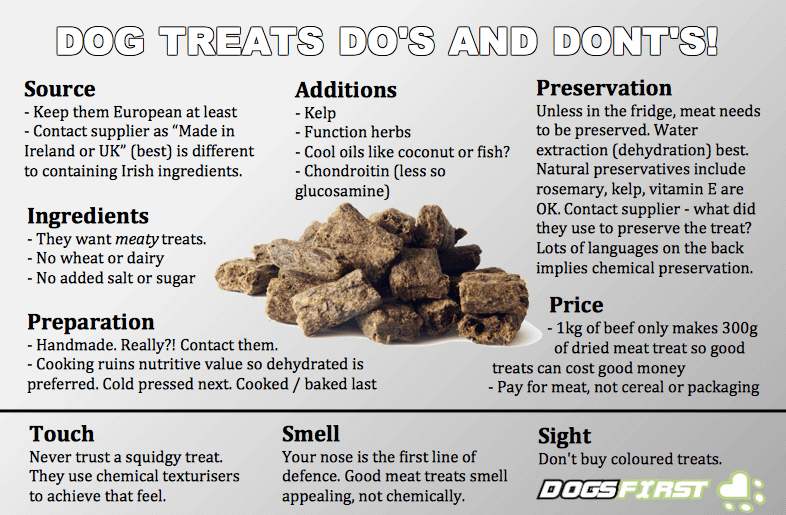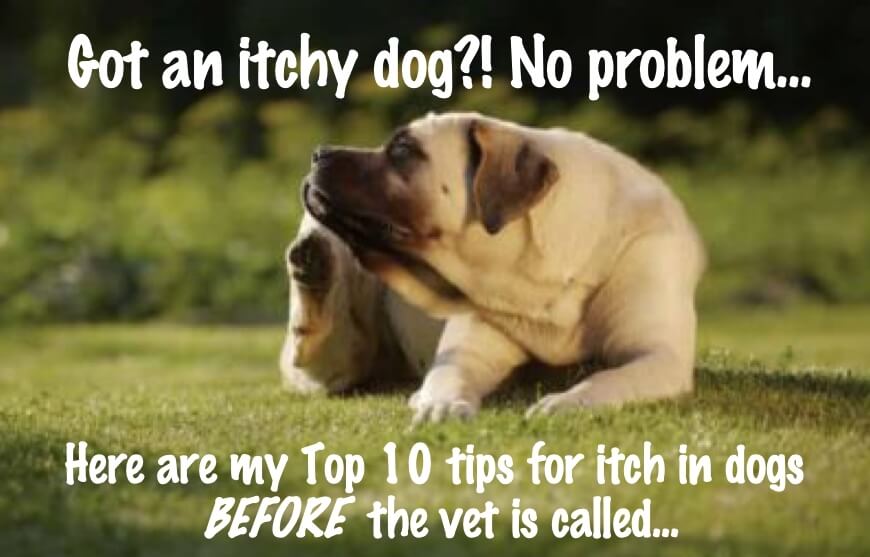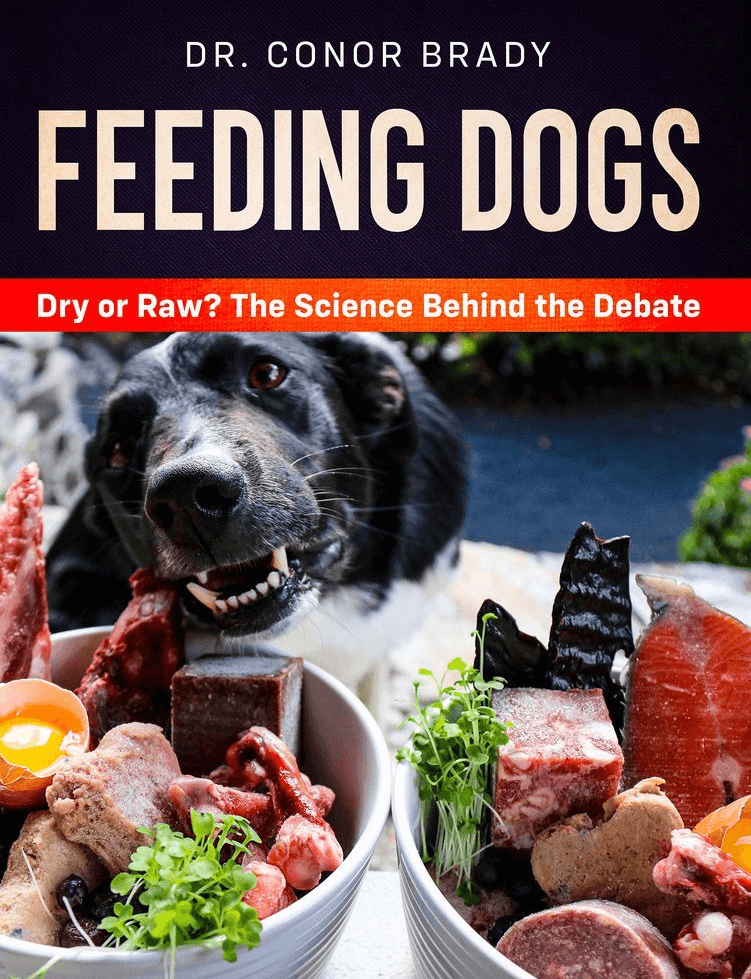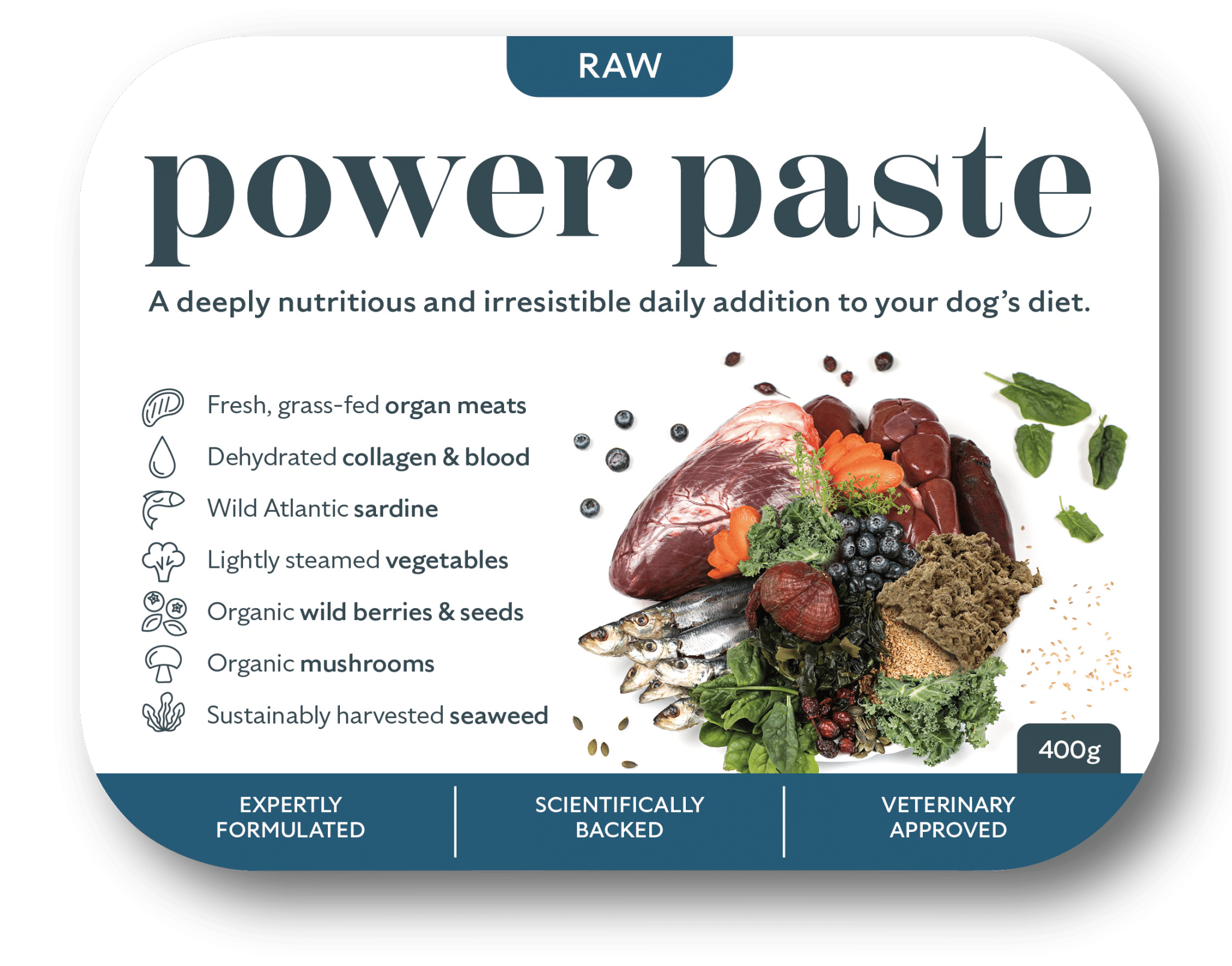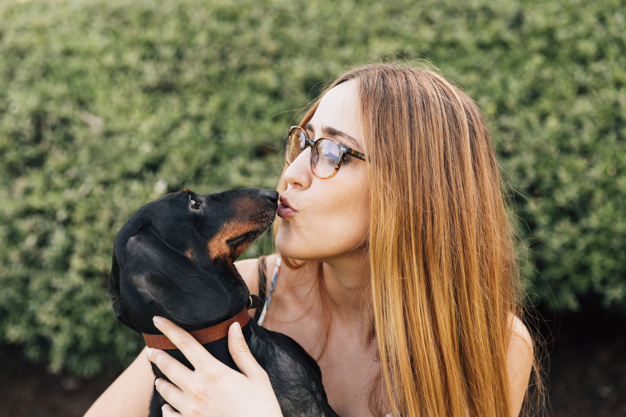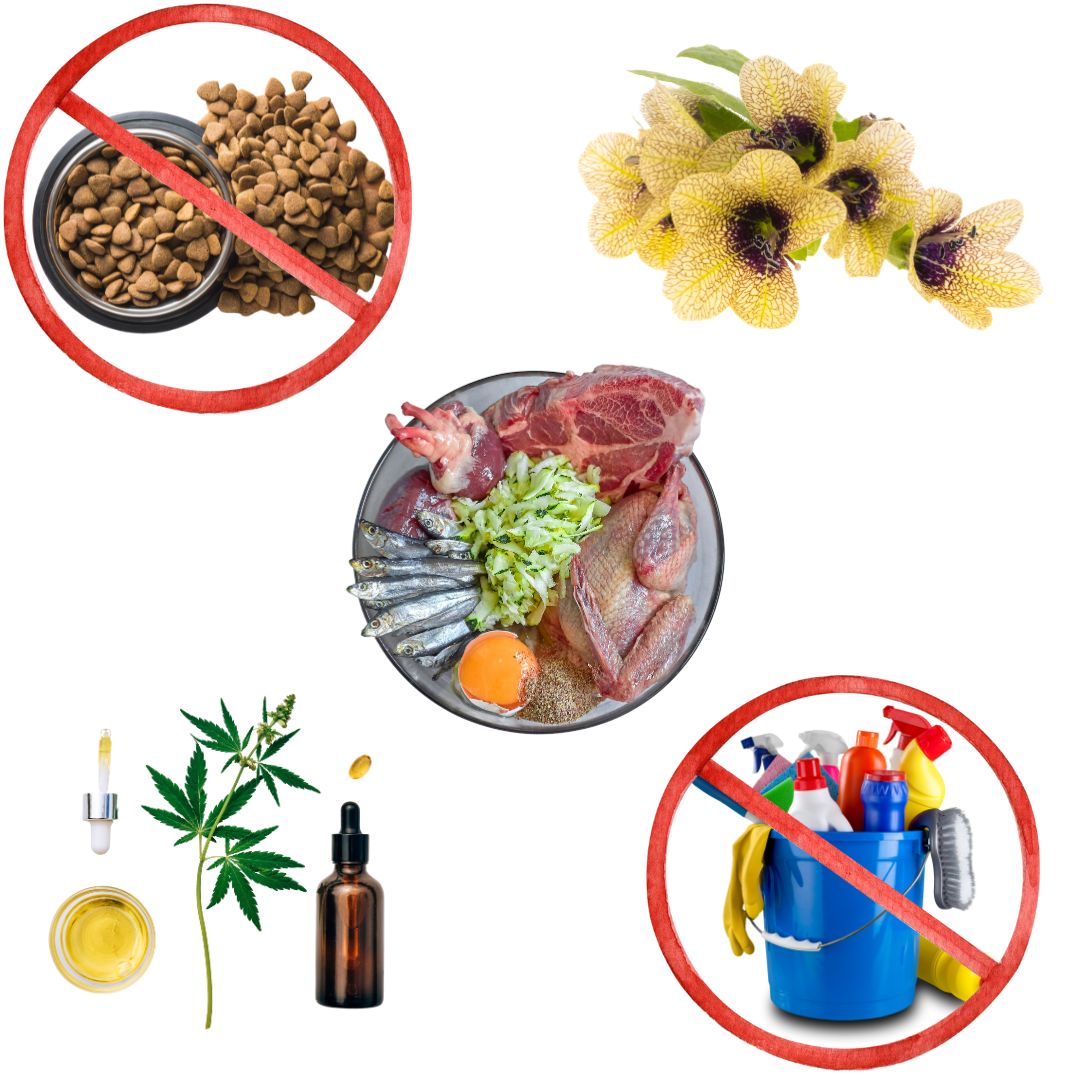Make Your Own Dog Treats, Naturally…
As we all slowly get wiser to the toll dry feeding can take on our little carnivores, attentions naturally shift to everything else that we’re being sold by the industry. I’ve covered chemical parasite control for dogs with no parasites amply already, as we have annual boosters for already vaccinated pets and the useless kennel cough “vaccine”. Next up, natural dog treats.
It won’t surprise you to hear that the road to good dog treats is as treacherous and full of chassis-destroying pot holes as the dog food world, largely because the same companies are involved. Worse though, as treats are a “complementary feed” regulation is even looser, if that were possible, considering the pet food industry is nearly entirely self regulated.
This results in some shockingly bad products making it on to the market with the usual consequences for your pet. Below we list a few just to get you thinking…
Vets Warn of Kidney Problems Linked to Dried Natural Dog Treats…
UK vets Animal Health Trust, cautions: reported seeing an increased number of dogs presenting with kidney problems which were linked to the ingestion of imported dried jerky treats:
The dogs have shown a decreased appetite, increased thirst and increased need to urinate. Many of these dogs had been fed dried jerky type dog treats, specifically chicken or duck. While a cause is unknown, all the treats were identified as originating from China.
The good news is we are assured that
…most dogs respond well if the treats are removed from their diet…
What are jerky treats? They are those shrivelled looking chicken or duck breast fillets you can buy in the pet section of most discount stores and pet shops in Ireland. They are priced very reasonably. They will have many languages printed on the back of them. They all smell of the same rank chemical (not of meat).
Surely These Foreign Companies are not Poisoning our Pets Again?
China has already been at the centre of the massive scandal in 2007 that killed thousands of pets. Now making a hefty chunk of the worlds dry pet food, they started adding melamine, a nitrogen-containing compound used in fertiliser and plastics industry, to their dry food product in order to boost the protein content off the floor.
Why was the protein content on the floor? Cereal based dry food is low on protein as cereal is low on protein. Protein comes from meat (and veg). As meat (and we’re not even talking the good stuff, we’re talking about slaughterhouse waste) is expensive compared to cereal dry food companies companies use very little of it, often not much more than 4%, to further increase their bottom line.
The result was thousands of dogs and cats dead, that they know of. Many thousands more left with ruined liver and kidneys, likely cancer.
For more on this scandal check out the comprehensive FDA article on the melamine scandal their website.

Did you Know the Most Popular Vet Prescribed Dry Food Sources from China?
Royal Canin, the most popular veterinary prescribed dry food in Ireland and the UK Royal, apparently sources it’s ingredients from China. In an interview with Forbes Magazine regarding Royal Canins use of chicken feathers as it’s protein source for it’s dry food, Keith Levy, president of Royal Canin USA, states:
…we are currently researching worm meal as a potential protein source for some of our foods in China…
Feathers and worms. From China. How much did you say that bag was again?!
For more on this and other companies at the same thing check out the popular pet page on Facebook Animal Parents Against Pet Treats and Food Made in China.
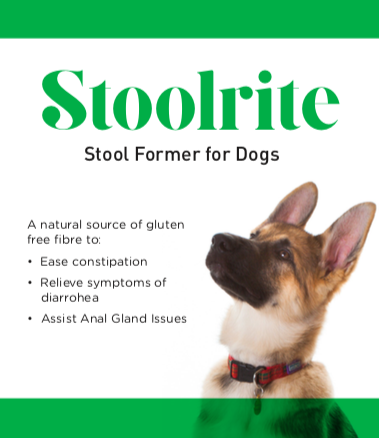
What Does a Label Actually Tell you?!
The Animal Health Trust adds that it’s important to check the country of origin on the packaging. However I have to say this is almost a futile practice. The smoke and mirrors used by the industry to make it seem like you are buying a UK or EU product say, goes way beyond your ability to fully understand and follow up on a label, should the information ever be made available. Meat treats are imported from where welfare practices are low and meat is thus cheap (China, India, Thailand) and repackaged in clever ways here in the EU. To be assured you must contact and trust the company you are talking to.
Take for example a well known Irish dog treat manufacturer who specialises in wholesaling a large selection of beef tripe sticks, filled trotters and baked bones to Ireland’s pet shops. On their website is that they are a manufacturer of a wide range of pet treats. The photo on the front page shows what looks like a large treat baking area. This is reassuring. Their packs of treats have “manufactured” in Ireland on them. Upon ringing them and inquiring as to the source of their beef tripe and pigs ears the answer was India.

Check out these treats I found in Dealz. Mini Steaks they’re called. By Bakers. Looking at the front you’d swear these would be pretty good for him! On the back we learn the first ingredient is cereal. No surprises there. Second ingredient (by order of weight) is glycerol. Glycerol is a sweetener, formed as a by-product in soap manufacture. Hope he likes sugar!!! Waaaayy down the list you find that mini steaks are actually only 6% meat derivatives!!! Can’t even tell you what animal was used.
They also include added “various sugars” yet in the nutritional analysis they don’t mention “carbohydrates” “or carbohydrates as sugar”. They don’t list E numbers, colours, fixatives, texturisers, preservatives, nothing. It takes serious chemical additives to keep them this colour let alone to retain the soft and squidgy. They don’t even list salt content which I thought was a legal requirement.
It’s a great example of how misleading labels can be. They don’t have to tell you anything. But sure the dogs love them!!
How do you check up on your favourite treat sources etc? You ring the company and ask them to reply to your email. The most important question in that email would be “where do your source X ingredient in your treat?”. Manufactured in Ireland means little if the raw material is Chinese / Indian. The damage is often done at source.
Some Examples of Treats I Strongly Recommend to Avoid…
- Dental sticks (cereal based crap, third ingredient salt, fourth is sugar…for teeth?! Instead use fresh, meaty bones.
- Cereal-based treats as a whole (including milk bones etc, dog’s do not eat wheat)
- Imported pigs ears (most are imported and chemically treated with tough antimicrobials so they don’t rot in that sweaty perspex box, most too are sprayed to look that nice red colour)
- Imported rawhide bones (which is most if not all you can find on the market, I know of no Irish or UK company making them, nice article by Dogs Naturally on safe rawhide treats here)
- Cooked ham bones (never, ever feed cooked or desiccated bones, very dangerous)
- Anything meat treat in a pound shop (actually buy one pack and stick your nose in, that’s the smell you’re trying to avoid)
- Reasonably priced “meat” strips (in general anything manufactured with bright colours and flavours)
A Note on Treat Cost…
It can be a bit of a shock when we realise that our adorable dog is a meat-eating carnivore. It can be an even bigger shock when we realise that a meat eater is an expensive animal to feed. The most expensive in fact. This is why there are so little of them in nature. Now, couple this with the fact that we all love a bargain and you get soul-less companies that will provide you the consumer with very reasonably priced products to entice you in.
Not that price is a reliable guide of anything but please consider the following few paragraphs when treat shopping. There is no such thing as cheap meat. The market price already is scandalously cheap for what was a beautiful, sentient animal, housed in pretty poor conditions for the most part and slaughtered for our dinner plate.
Sadly, it can be said that the lower the cost of the meat the more the animal has suffered. If you want really cheap chicken (you know, the stuff sold in the cooked meat section of almost all Irish supermarkets and takeaway) you buy in very cheap chicken from countries that will battery rear them in cages (something Europe has now forbidden). You buy in meats from countries in Europe that employ many clever methods to flout the labelling laws and simply repackage Asian meat products.
So what should an Irish meat treat cost? Well let’s take Aldi / Lidl / Tesco as a guide to the cheapest chicken available in Ireland. Fresh chicken fillets currently cost around €9.70/kg.
Now 70% of this is water. A meat treat is less than 10% water after baking / dehydrating. This means your €9.70 buys you around 300g of dry raw material, or €3.23/100g as most treats are in 100g bags.
Now, Tesco buys in massive, massive bulk, treat manufacturers don’t AND the Tesco price does not include 23% VAT (human food is exempt) but the fact remains the absolute cheapest that an Irish treat company could possibly produce a 100g of Irish meat treat raw material is €3.98/100g (€3.23 plus 23% VAT). Add to this the cost of producing a dried meat treat, machinery, staffing, factory running costs etc and then, hopefully, a little profit (say 20%).
So when your “all natural” meat treats costs less than €4/100g you know something’s seriously up.
With the cost of meat and meat treats, someone’s got to pay. You, the animal used in the production or your pet.
you don’t buy a book based on it’s thickness so why would you buy meat based on price?

